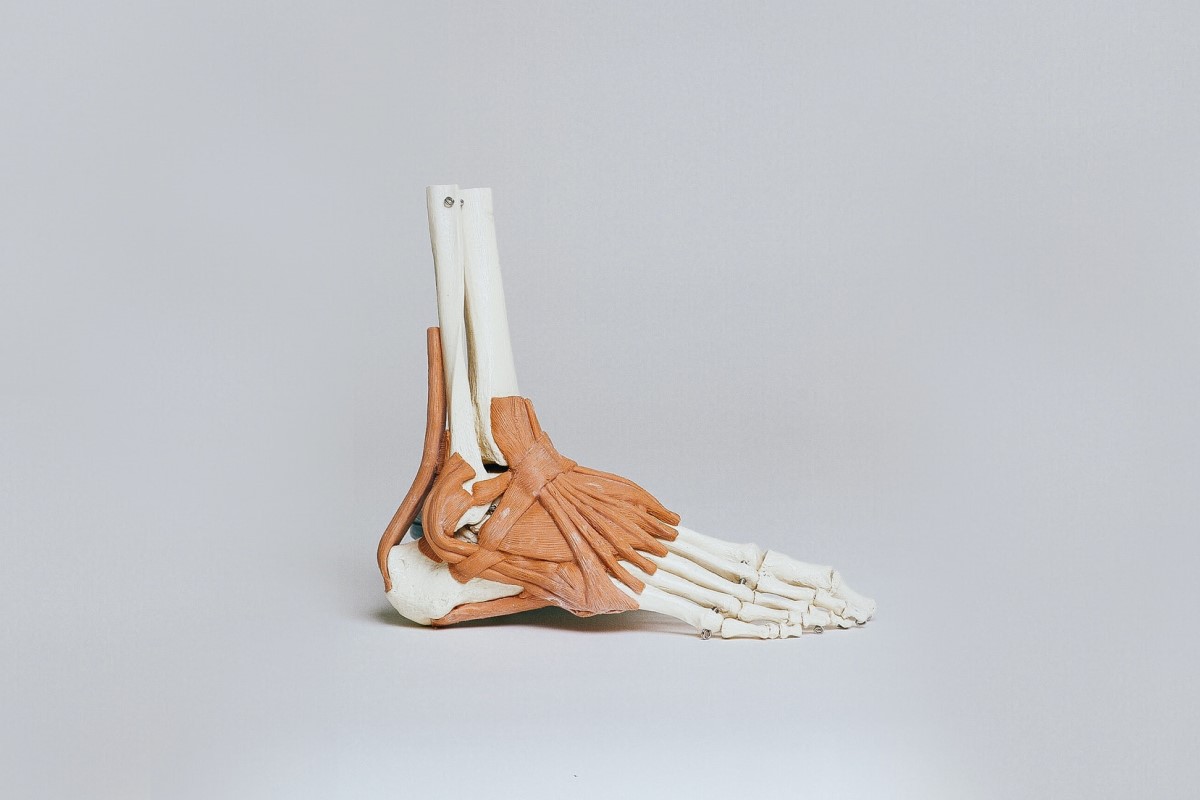
Casual employees make up a large proportion of the Australian Workforce, with around 3 million people casually employed. Casual workers can be employed directly by an employer or through a labour hire agency.
Casual workers are usually employed in temporary or contract jobs and work irregular hours. They are not entitled to sick pay or holiday leave like full time employees.
While casual employees often endure job uncertainty, from a workers compensation perspective, all casual employees are treated the same as full time workers.
Casual work can make employees especially vulnerable to injury from health and safety issues. Casual employees can miss out on crucial advice about assessed risks of injury, safe manual handling advice and safety procedures.
In Queensland, employees who work on a casual basis often wonder if they are entitled to workers’ compensation benefits. This article aims to provide a comprehensive guide to the rights and processes involved in claiming workers’ compensation as a casual employee in Queensland.
Are Casual Employees Entitled to Workers Compensation in Queensland?
Workers’ compensation is a form of insurance, compulsory on all employers that provides benefits to employees who suffer work-related injuries or illnesses. In Queensland, casual employees are generally eligible to claim workers’ compensation if they meet certain criteria.
Firstly, a casual employee must demonstrate that their injury or illness arose out of or in the course of their employment. This means that the injury or illness must be directly related to their work activities or conditions.
For example, let’s consider a scenario where a casual employee, named Sarah, works as a waitress in a busy restaurant in Queensland. One day, while carrying a tray of hot dishes to a table, Sarah slips on a wet floor and injures her back. In this case, Sarah’s injury clearly arose out of her employment as a waitress, as it happened while she was performing her duties.
Additionally, the casual employee must establish that they were engaged in employment at the time of the incident. This typically requires demonstrating that they were undertaking work for their employer, whether it is via a written contract or a verbal agreement.
Continuing with Sarah’s example, she can easily prove that she was engaged in employment at the time of the incident. She was on her scheduled shift, wearing her uniform, and carrying out her duties as a waitress when the accident occurred. Therefore, Sarah satisfies this requirement.
However, it is important to note that workers’ compensation laws can be complex and nuanced, and each case is unique. Therefore, it is advisable for casual employees to seek legal advice to fully understand their entitlements.
The Process of Claiming Workers Compensation as a Casual Employee in Queensland
The process of claiming workers’ compensation as a casual employee in Queensland involves several steps. It is crucial to follow these steps carefully to ensure a successful claim:
- Notify the employer: The injured casual employee must notify their employer of the injury as soon as possible. This notification should be in writing and include details of the incident, including the time, date, and nature of the injury.
.
When notifying the employer, it is important to provide as much information as possible to ensure that the claim is properly documented. This includes providing details about the location of the incident, any witnesses present, and any contributing factors that may have led to the injury. By providing a clear and comprehensive account of the incident, the injured casual employee can help establish the validity of their claim - Seek medical treatment: Obtaining appropriate medical treatment is crucial for the injured casual employee’s well-being and their workers’ compensation claim. It is important to attend medical appointments and provide accurate and thorough information about the injury or illness.
.
When seeking medical treatment, it is important to choose a healthcare provider who is experienced in treating work-related injuries. This ensures that the injured casual employee receives the necessary care and that their medical records accurately reflect the extent of their injuries. It is also important to provide the healthcare provider with a detailed account of the incident and any symptoms experienced, as this information will be used to assess the claim. - Lodge a workers’ compensation claim: The injured casual employee must complete and lodge a workers’ compensation claim form with WorkCover Queensland. This form should include all relevant information about the injury, treatment received, and any supporting documentation.
.
When completing the workers’ compensation claim form, it is important to be thorough and accurate. The injured casual employee should provide a detailed account of the incident, including any contributing factors and the impact it has had on their ability to work. It is also important to include any supporting documentation, such as medical reports, witness statements, or photographs, that can help substantiate the claim. - Cooperate with the claims process: Throughout the claims process, the injured casual employee must cooperate with their employer, WorkCover Queensland, and any other parties involved. This may involve attending medical assessments, providing additional documentation, or participating in rehabilitation programs.
.
Cooperating with the claims process is essential to ensure that the claim is processed efficiently and accurately. This includes attending any scheduled medical assessments and providing any requested documentation promptly. It is also important to actively participate in any rehabilitation programs recommended by healthcare providers, as this can help facilitate the injured casual employee’s recovery and return to work. - Review and appeal if necessary: If the claim is initially denied, the injured casual employee has the right to request a review. It may be helpful to seek legal assistance during this stage to navigate the appeal process effectively.
.
If the claim is denied, it is important not to lose hope. Seeking legal assistance can provide valuable guidance and support throughout the review and appeal process. An experienced workers’ compensation lawyer can help gather additional evidence, prepare strong arguments, and represent the injured casual employee’s interests during any hearings or negotiations.
Remember, the process of claiming workers’ compensation as a casual employee in Queensland can be complex, but by following these steps and seeking appropriate assistance when needed, injured casual employees can increase their chances of a successful claim.
What am I Entitled to as a Casual Employee?
Every casual employee is covered by WorkCover in Queensland. This is a workers’ compensation insurance that exists in Queensland and covers serious work-related injuries that impact an employee’s ability to work or their overall lifestyle. An employee may be entitled to weekly payments to cover loss of income, money to cover medical and rehabilitation expenses or a lump sum if the casual worker is permanently impaired by the injury suffered at work.
Alternatively, if a casual employee experiences psychological injuries and excessive stress due to their job, they may be eligible for paid Workers’ Compensation Stress Leave, however this is rarely awarded in Queensland. The employee can also seek coverage for medical expenses under this WorkCover stress leave.
Casual employees are entitled to and can apply for workers compensation with WorkCover Queensland if they are injured at work. WorkCover is compulsory in Queensland and every employer must hold a WorkCover Accident Insurance policy unless they are a registered self-insurer.
If an employer has neglected to pay for this insurance policy to cover their employees, a casual worker is still covered by WorkCover. This will not impact the support and entitlements the casual worker will receive.
What WorkCover Queensland benefits can I Receive as a Casual Worker?
Generally there are 2 avenues to compensation under WorkCover Queensland.
- Statutory Benefits
.
If a casual worker is injured at work they are entitled to payment of weekly compensation benefits, medical and hospital expenses and rehabilitation. If a casual worker has been left with a permanent impairment as a result of their injury they may also be entitled to a lump sum payment of compensation. - Common Law Damages
.
If a casual worker is injured as a result of the fault of their employer then they will have an entitlement to common law damages. The amount of common law damages will usually greatly exceed the lump sum payment of compensation from WorkCover.
Avoiding Common Mistakes When Claiming Workers Compensation as a Casual Employee in Queensland
When claiming workers’ compensation as a casual employee in Queensland, it is essential to avoid common mistakes that can jeopardize the success of the claim. Some key mistakes to avoid include:
One of the most crucial mistakes to avoid is the failure to notify the employer promptly. As a casual employee, it is vital to inform your employer about any injury or illness as soon as possible. Delaying the notification can weaken the claim and may even result in the denial of benefits. Therefore, it is important to prioritise prompt communication with your employer to ensure that your claim is taken seriously and given the attention it deserves.
In addition to prompt notification, providing sufficient medical evidence is another critical aspect of a successful workers’ compensation claim. As a casual employee, it is essential to obtain comprehensive and accurate medical documentation to substantiate your claim. This evidence plays a vital role in proving the extent of your injury or illness and its relation to your work. Failing to obtain appropriate medical documentation can hinder the success of your claim, as it may lead to doubts about the validity and severity of your condition.
While navigating the workers’ compensation process can be complex, casual employees can benefit greatly from seeking legal advice. Workers’ compensation laws can be intricate and vary from state to state, making it essential to understand your rights and entitlements fully. By consulting with a lawyer experienced in workers’ compensation claims, you can gain valuable insights and guidance throughout the process. This can help you navigate any potential pitfalls and ensure that you receive the compensation you deserve.
Completing claim forms accurately and thoroughly is another crucial step in avoiding unnecessary delays or denial of benefits. As a casual employee, it is important to carefully fill out all necessary claim forms and ensure the accuracy of the provided information. Any incomplete or inaccurate information can lead to complications and delays in the processing of your claim. Therefore, taking the time to double-check all the details and ensuring that all required fields are properly filled out can significantly contribute to the success of your claim.
In conclusion, when claiming workers’ compensation as a casual employee in Queensland, it is vital to avoid common mistakes that can jeopardize the success of your claim. By promptly notifying your employer, providing sufficient medical evidence, seeking legal advice, and completing claim forms accurately, you can increase your chances of a successful outcome. Remember, the workers’ compensation process can be complex, but with the right approach and attention to detail, you can navigate it effectively and secure the benefits you are entitled to.
Key Advice About WorkCover for Casual Employees
- All casual workers injured at work are entitled to WorkCover in Queensland and any casual worker can apply for WorkCover
- All casual workers injured at work are entitled to WorkCover in Queensland and any casual worker can apply for WorkCover
- It is illegal to make a casual worker redundant as a result of a WorkCover injury claim
- Casual employees are entitled to either statutory benefits or common law damages following a WorkCover injury claim.
- To quickly calculate your WorkCover benefits as a casual, simply find the average hours worked each week. You will be entitled to a replacement income based on this average figure
How GC Law Can Help Injured Casual Workers Claim Compensation in Queensland
GC Law is a leading law firm in Queensland that specialises in workers’ compensation claims. Our team of experienced personal injury lawyers can assist injured casual workers in navigating the complexities of the claims process and ensure their rights are protected.
This information should in no way be taken as legal advice and is designed as general information regarding casual worker’s injury compensation in Queensland. GC Law recommends that you speak to a lawyer regarding your situation.


















